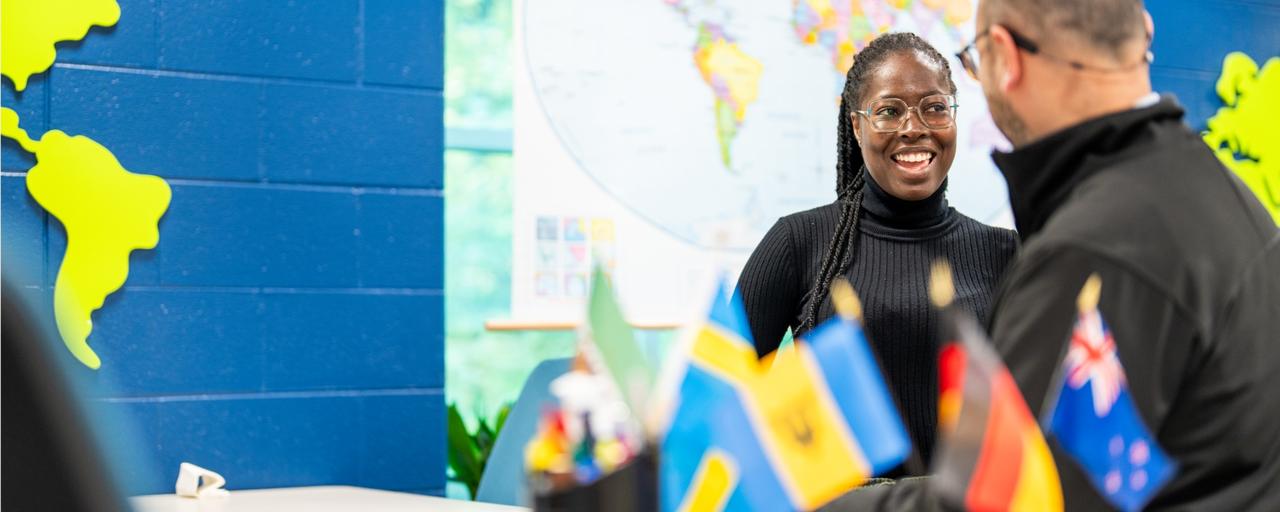Prevent and Resolve Conflicts
Prevent and Resolve Conflicts: Whether it's with a roommate, classmate, or faculty member, international students are often faced with the challenge of dealing with cultural differences. A cultural conflict is a situation or issue that arises when two or more people from different cultural backgrounds have a misunderstanding. Cultural conflicts may occur for a variety of reasons: Historical, political, or religious conflicts Conflicting cultural values Language barriers Different verbal and nonverbal communication methods
Conflict Prevention Strategies: Promote roommate agreements that identify and prepare for potential conflicts before they arise. Establish a climate of trust, tolerance, and mutual respect through living center diversity programs. Lead by example through clear and effective communication with your residents. Encourage students to recognize and understand the nature and source of their own emotions, as well as the emotions of others. Even if you make a proactive effort to prevent conflicts, they still may arise. Whatever the reason for a conflict, you can overcome cultural clashes if you remain calm and address the situation in a sensitive and careful manner.
Eight Steps to Conflict Resolution:
1. Cool down. Don't try to resolve the conflict when your residents are angry. Separate the students long enough for both parties to calm down.
2. Describe the conflict. Sit down with each student separately to understand exactly what in particular offended him or her. Let your students know from the beginning that it is okay for them to share with you their honest thoughts and feelings. The students may each have a different view of the conflict and use different language to describe it. Neither account is necessarily right or wrong.
3. Describe what caused the conflict. Discuss any events that led up to the conflict. Did the conflict start out as a minor disagreement or difference of opinion? What happened to escalate the situation? Don't automatically label the conflict either person's fault.
4. Describe the feelings raised by the conflict. You may initially have a difficult time getting your students to open up and be honest with you. In some cultures it's inappropriate for a student to have this type of conversation with an authority figure. You should be sympathetic to what each person is feeling.
5. Listen carefully and respectfully while the residents are talking. Try to understand both points of view. Don't interrupt. It might help to reflect each student's perceptions and feelings by repeating them back to them. If possible, help explain the cultural differences that may have caused the conflict.
6. Brainstorm solutions to the conflict. Have the students come up with solutions and only suggest your own solutions if necessary. Take the role of facilitator in the group conversation and be open to the solutions the students offer. Make a list of brainstormed solutions so you are sure to remember them all, and then have your residents choose one solution to try. Be willing to negotiate and compromise.
7. Try the solution. Remind your residents to be patient. It may not work the first time.
8. If one solution does not get results, try another. Keep trying. Brainstorm more solutions if necessary. You may need to take the conflict to the hall director if no resolution occurs, but hopefully your residents will find a resolution while gaining an increased understanding of each other's culture.

